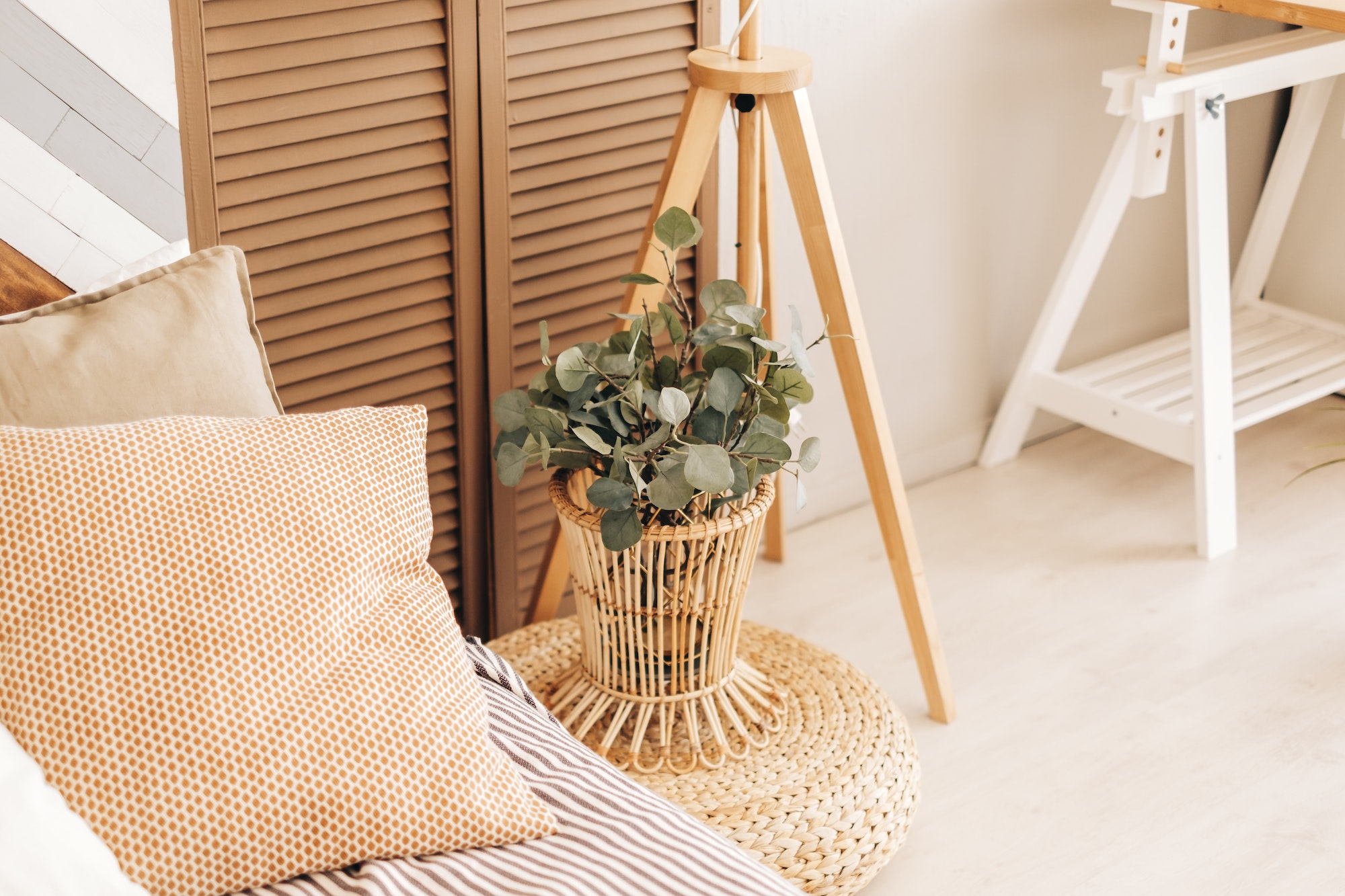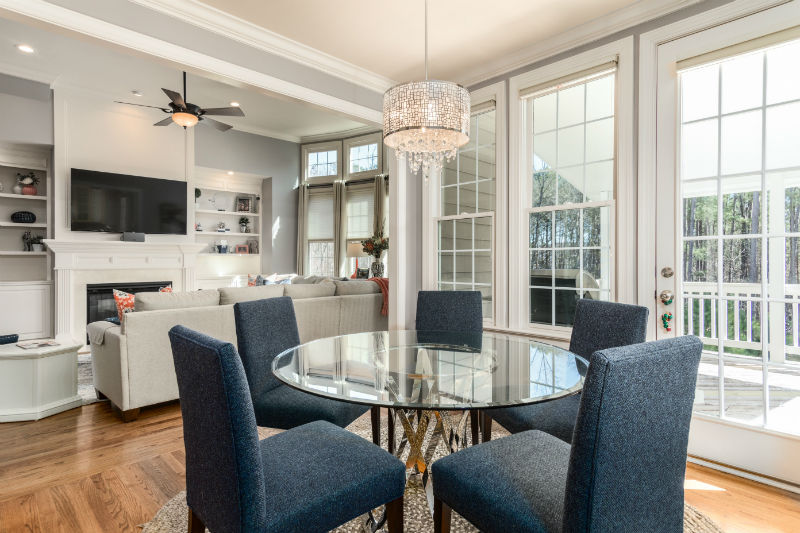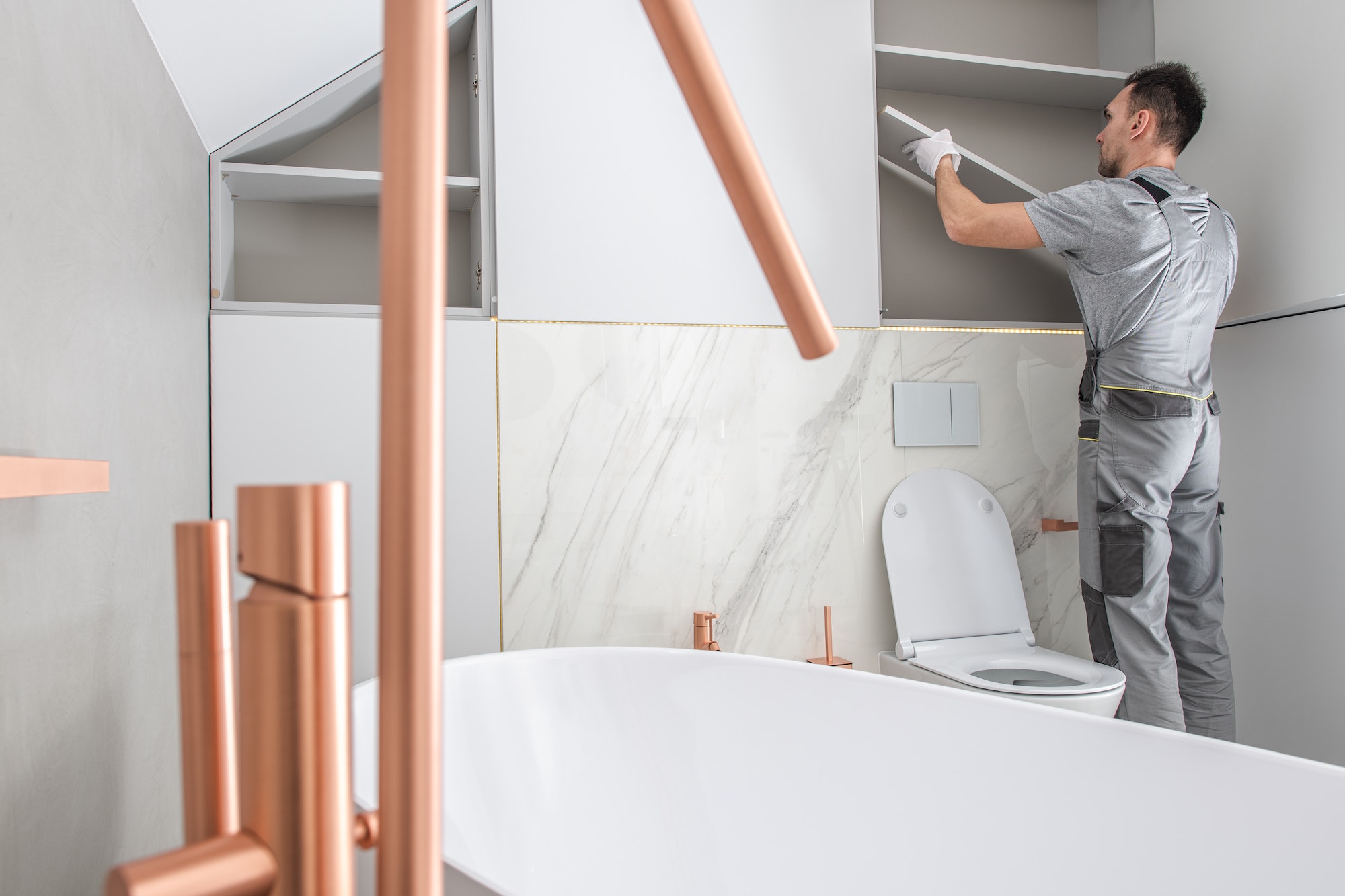In the face of growing environmental concerns, the design industry is shifting towards more sustainable and eco-friendly practices. From architecture and interior design to fashion and product development, this movement is revolutionizing the world of design. As awareness increases and new technologies emerge, the future looks bright for sustainable design. This article will explore the latest trends in eco-friendly design, focusing on materials, energy efficiency, waste reduction, and the use of recycled products. You will discover innovative ideas and practices that are paving the way for a greener future.
Sustainable materials for greener homes
One of the key aspects of sustainable design is the use of eco-friendly materials. Traditional building materials like concrete and steel have a significant environmental impact, from the extraction of raw materials to the energy-intensive production process. By choosing sustainable materials, you can significantly reduce the environmental footprint of your project and contribute to a healthier planet.
Bamboo is an excellent example of a sustainable material that is gaining popularity in the design world. Being a fast-growing plant, it is a renewable resource that can be harvested without causing deforestation. Bamboo is not only lightweight and strong but also versatile and can be used in various applications, from flooring and furniture to structural elements in buildings.
Hempcrete is another innovative material that is becoming increasingly popular in the world of sustainable construction. Made from the fibers of the hemp plant and a lime-based binder, hempcrete is a lightweight, carbon-negative alternative to traditional concrete. It has excellent insulation properties, contributing to energy efficiency in buildings.
Reclaimed wood is a valuable resource that can add character and history to your design while reducing waste. By using wood salvaged from old buildings or fallen trees, you can create beautiful furniture, flooring, or architectural elements without contributing to deforestation.
Embracing energy efficiency in design
Reducing energy consumption is another essential aspect of sustainable design. By creating energy-efficient spaces, you can minimize the environmental impact of your project while saving on utility costs. There are several ways to incorporate energy efficiency into your design, from passive solar techniques to high-performance building envelopes.
Passive solar design is a method of designing buildings to take advantage of the sun’s energy for heating and cooling purposes. This can be achieved by optimizing the building’s orientation, using efficient window designs, and incorporating thermal mass materials to store and release heat.
High-performance building envelopes are another way to improve energy efficiency in your design. A well-insulated building envelope minimizes heat loss during winter and prevents heat gain during summer, reducing the need for heating and cooling systems. This can be achieved through the use of advanced insulation materials, high-quality windows, and airtight construction techniques.
Energy-efficient lighting is another essential aspect of sustainable design. LED lights are the go-to choice for energy efficiency, as they consume significantly less energy than traditional incandescent or halogen bulbs and have a longer lifespan.
Reducing waste through mindful design choices
Sustainable design also involves reducing waste by making conscious choices about the materials, products, and processes involved in your project. By opting for durable and long-lasting materials, designing for disassembly, and repurposing waste, you can minimize the environmental impact of your project.
Designing for disassembly is an approach that aims to make it easier to disassemble and recycle products at the end of their life cycle. This includes using modular components, minimizing the use of adhesives, and selecting materials that are easy to separate and recycle.
Repurposing waste is another way to reduce the environmental impact of your design project. This can involve using recycled materials, such as glass, plastic, or metal, or finding creative ways to transform waste products into new and functional objects. Examples of this include turning old shipping containers into architectural structures or using discarded tires to create furniture.
Incorporating recycled and upcycled products in your design
Incorporating recycled and upcycled products into your design is not only a sustainable choice but also an opportunity to create unique and original pieces that stand out. Many designers and manufacturers are now producing high-quality, eco-friendly products made from recycled materials, offering a wide range of options for environmentally conscious consumers.
Recycled glass is an excellent material for sustainable design, as it can be used in various applications, from countertops and tiles to decorative objects and lighting fixtures. Recycled glass products are not only visually appealing but also durable and long-lasting, making them a smart choice for eco-friendly design.
Upcycled furniture is another popular trend in sustainable design, with many designers transforming discarded objects into functional and stylish pieces. This can involve repurposing old materials, such as wood pallets, metal drums, or even bicycle parts, to create unique and eye-catching furniture pieces.
By incorporating these innovative materials, energy-efficient solutions, and waste reduction strategies into your design projects, you can contribute to a more sustainable and eco-friendly future. Embrace these latest trends in sustainable design and make a positive impact on the environment and your community.
Biophilic design: connecting with nature
Biophilic design is a trend that focuses on incorporating natural elements into the built environment to create a stronger connection between humans and nature. This approach not only enhances the aesthetic appeal of a space but also promotes well-being and reduces the environmental impact of a project.
Natural light is a key element in biophilic design, as it not only reduces energy consumption but also creates a more comfortable and inviting atmosphere. By including large windows, skylights, and light wells in your design, you can maximize the amount of natural light in your space and reduce the need for artificial lighting.
Green walls and roofs are another way to incorporate nature into your design. These living features not only improve air quality and reduce energy consumption but also provide a visual connection to the outdoors. Green walls can be used both indoors and outdoors, while green roofs offer additional benefits, such as stormwater management and insulation.
Natural materials play an essential role in biophilic design, as they evoke a sense of connection to the natural world. By incorporating materials like wood, stone, and natural fibers into your design, you can create a space that feels more organic and harmonious with nature.
The role of technology in sustainable design
Technology is playing an increasingly important role in the pursuit of sustainable and eco-friendly design. Innovations in renewable energy, smart home systems, and resource management are making it easier to create greener, more efficient spaces.
Renewable energy is becoming more accessible and affordable, enabling homeowners and businesses to harness the power of the sun, wind, and other renewable sources. Solar panels, wind turbines, and geothermal systems can be integrated into the design of buildings and homes to provide clean, sustainable energy.
Smart home systems are another technological advancement that can improve energy efficiency and reduce environmental impact. These systems allow homeowners to monitor and control their energy usage, adjust lighting and temperature settings, and even manage water consumption remotely.
Resource management technology is a growing field that focuses on optimizing the use of water, energy, and other resources in the built environment. Examples include graywater recycling systems, rainwater harvesting, and intelligent irrigation systems that help reduce water waste and promote water conservation.
The latest trends in sustainable and eco-friendly design demonstrate a promising shift towards a greener and more conscientious approach to the built environment. By embracing sustainable materials, energy-efficient solutions, waste reduction strategies, and innovative technologies, designers and consumers can contribute to a more sustainable future and leave a positive impact on the environment and their communities. As climate change and environmental issues continue to challenge us, it is essential to prioritize and implement these green design principles in our homes, workplaces, and communities to make a lasting difference.




